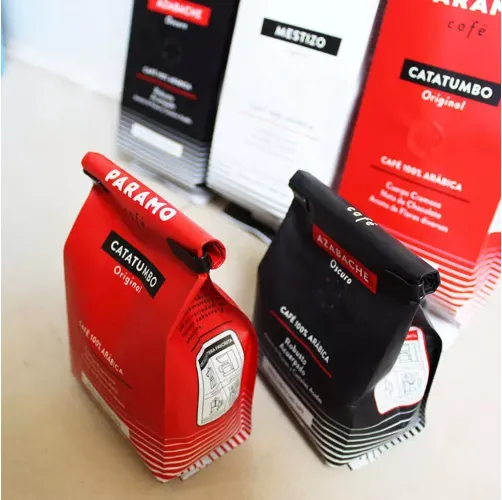- Afrikaans
- Albanian
- Amharic
- Arabic
- Armenian
- Azerbaijani
- Basque
- Belarusian
- Bengali
- Bosnian
- Bulgarian
- Catalan
- Cebuano
- chinese_simplified
- chinese_traditional
- Corsican
- Croatian
- Czech
- Danish
- Dutch
- English
- Esperanto
- Estonian
- Finnish
- French
- Frisian
- Galician
- Georgian
- German
- Greek
- Gujarati
- haitian_creole
- hausa
- hawaiian
- Hebrew
- Hindi
- Miao
- Hungarian
- Icelandic
- igbo
- Indonesian
- irish
- Italian
- Japanese
- Javanese
- Kannada
- kazakh
- Khmer
- Rwandese
- Korean
- Kurdish
- Kyrgyz
- Lao
- Latin
- Latvian
- Lithuanian
- Luxembourgish
- Macedonian
- Malgashi
- Malay
- Malayalam
- Maltese
- Maori
- Marathi
- Mongolian
- Myanmar
- Nepali
- Norwegian
- Norwegian
- Occitan
- Pashto
- Persian
- Polish
- Portuguese
- Punjabi
- Romanian
- Russian
- Samoan
- scottish-gaelic
- Serbian
- Sesotho
- Shona
- Sindhi
- Sinhala
- Slovak
- Slovenian
- Somali
- Spanish
- Sundanese
- Swahili
- Swedish
- Tagalog
- Tajik
- Tamil
- Tatar
- Telugu
- Thai
- Turkish
- Turkmen
- Ukrainian
- Urdu
- Uighur
- Uzbek
- Vietnamese
- Welsh
- Bantu
- Yiddish
- Yoruba
- Zulu
printing onto plastic
Printing onto Plastic Techniques, Applications, and Future Prospects
Printing on plastic has transformed the way products are designed, marketed, and delivered across various industries. As one of the most versatile materials on the market, plastic serves a multitude of purposes, from packaging and signage to automotive parts and electronics. With the advancement of printing technologies, the ability to print directly onto plastic surfaces has opened a new realm of possibilities, offering benefits such as durability, customization, and cost-effectiveness.
Techniques for Printing on Plastic
There are several techniques employed for printing on plastic, each suited for different types of applications
1. Screen Printing This traditional method is widely used for larger runs. It involves creating a stencil (or screen) and using it to apply layers of ink onto the plastic surface. Screen printing is known for its ability to produce vivid colors and thick, opaque prints. However, it may not be the best option for intricate designs or small quantities.
2. Digital Printing In recent years, digital printing has gained immense popularity due to its flexibility and efficiency. This technique allows for high-quality images and complex designs to be printed directly from a digital file. Inkjet printers spray microscopic droplets of ink onto the plastic surface, making it ideal for small runs and custom designs. Digital printing can also accommodate variable data, allowing businesses to personalize each print.
3. Pad Printing This method utilizes a silicone pad to transfer ink from a plate onto the plastic surface. Pad printing is particularly advantageous for printing on uneven or curved surfaces, making it a popular choice for promotional items, toys, and medical devices. This technique is efficient for medium-sized runs and offers excellent detail.
4. UV Printing Ultra-violet (UV) printing is a form of digital printing that uses UV light to cure or dry the ink as it is printed. This method produces vivid colors and sharp details, making it ideal for high-quality graphics on plastic surfaces. UV printing is also a fast process, allowing for quick turnaround times. Additionally, the cured ink bonds well with the plastic, enhancing durability and resistance to fading.
printing onto plastic

Applications of Printing on Plastic
The applications of printing on plastic are vast and varied. In the packaging industry, printed plastic films are integral to branding and product identification, providing consumers with critical information while enhancing shelf appeal. In the automotive sector, printed plastic components like dashboard covers and control panels not only improve aesthetics but also contribute to brand identity.
Surveillance and identification are other significant applications, with printed plastic cards used for access control, membership, and driver's licenses. The durability and water-resistance of printed plastic make it suitable for outdoor signage, where it can withstand harsh weather conditions without fading or degrading.
Furthermore, printed plastic is essential in the realm of electronics, where custom design and branding can be applied directly to devices such as smartphones, appliances, and gadgets. This direct printing method offers manufacturers the ability to create unique designs that enhance the user experience.
The Future of Printing on Plastic
As technology continues to evolve, so will the methods of printing on plastic. Innovations in eco-friendly inks and sustainable materials are gaining traction in response to concerns about environmental impact. Brands are increasingly seeking environmentally responsible printing solutions, leading to the development of biodegradable inks and recycled plastics for printing applications.
Moreover, the future of printing on plastic will likely see further integration of 3D printing technologies, allowing for the creation of complex shapes and structures with printed designs. This could revolutionize industries such as healthcare, where custom prosthetics and medical devices can be printed with ease.
In conclusion, printing on plastic has ushered in a new era of creativity, customization, and functionality across multiple sectors. As the techniques continue to refine and innovate, the potential for printed plastic will expand, resulting in exciting developments and opportunities in the years to come. With a strong focus on sustainability and technological integration, the future looks bright for printing on plastic, promising to enhance the way we interact with products in our daily lives.













